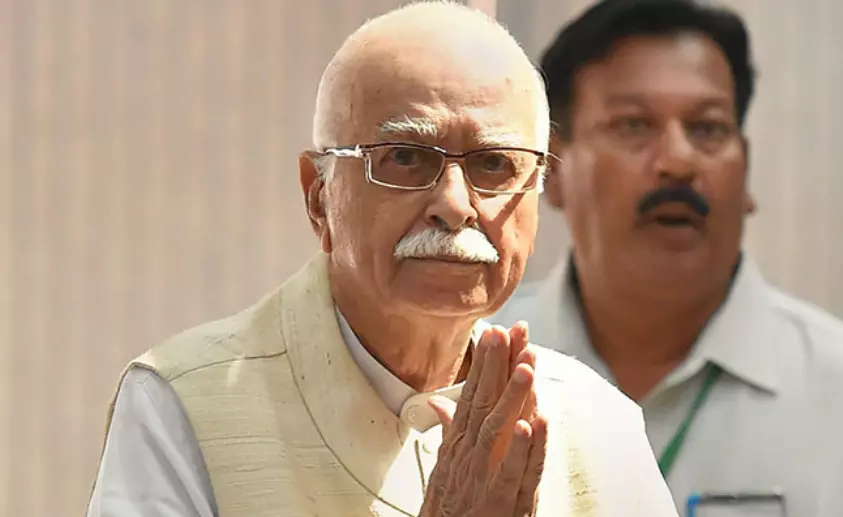
Bharat Ratna to LK Advani: How the BJP veteran scripted party's meteoric rise
In the 1990s, Advani emerged as the face of the Ram Janmabhoomi movement, which still defines BJP’s electoral and political fortunes

Prime Minister Narendra Modi on Saturday announced that veteran BJP leader LK Advani will be honoured with the Bharat Ratna, the country's highest civilian award.
Advani, the longest-serving president of the Bharatiya Janata Party (BJP), has witnessed a parliamentary career of nearly three decades. Credited for scripting the rise of BJP as a major political force in the country, his journey as a political stalwart has been marked by highs and lows. He had been the BJP’s national president in 1986-90, 1993-98, and 2004-05.
Advani was also the Union Home Minister before being elevated as the Deputy Prime Minister in the former Prime Minister Atal Bihari Vajpayee's cabinet from 1999 to 2004.
Face of Ram temple movement
In the 1990s, Advani emerged as the face of the Ram Janmabhoomi movement, which still defines BJP’s electoral and political fortunes. Advani embarked on a ‘rath yatra’ and travelled across the country trying to gain support for a campaign to build a temple on the site of the Babri mosque. He projected himself the “charioteer” who steered the ‘rath yatra’ that began in Gujarat's Somnath on September 25, 1990.
Advani is widely regarded as an individual of great intellectual ability, strong principles, and unwavering support for the idea of a strong and prosperous India, the BJP says on its website.
While spearheading the Ram Janmabhoomi movement in the 1980s and the 1990s, Advani focused on the singular task of building the BJP into a national political force.
The outcome was there for everyone to take note in the 1989 general election, when the party witnessed a meteoric rise from its 1984 tally of two to achieve an impressive 86 seats. Subsequently, the party position strengthened gradually with the BJP tally increasing to 121 seats in 1992, and 161 in 1996, making the 1996 election a watershed in Indian democracy.
For the first time since Independence, the Congress was dethroned from its dominant position, and the BJP became the single-largest party in the Lok Sabha.
Early political career
The senior BJP leader was born on November 8, 1927, and grew up in pre-partition Sindh. As a student in St Patrick's School, Karachi, his patriotic ideals inspired him to join the BJP’s ideological mentor Rashtriya Swayamsevak Sangh (RSS) when he turned 14.
In 1947, Advani migrated to Delhi after the partition. He became part of the Jana Sangh, BJP’s predecessor, in 1951 when it was formed by Syama Prasad Mookerjee. He became a member of the Rajya Sabha in 1970 and held his seat till 1989. In December 1972, he was elected president of Bharatiya Jana Sangh.
Advani was appointed information and broadcasting minister in the Janata Party in 1975 under the prime ministership of Morarji Desai. During his brief stint as minister, Advani abolished press censorship and repealed all anti-press legislations that came into effect during the Emergency declared by the Indira Gandhi-led Congress government.
Advani and Vajpayee led a large number of Jana Sangh members into forming a new political party and named it Bharatiya Janata Party or BJP in 1980.

